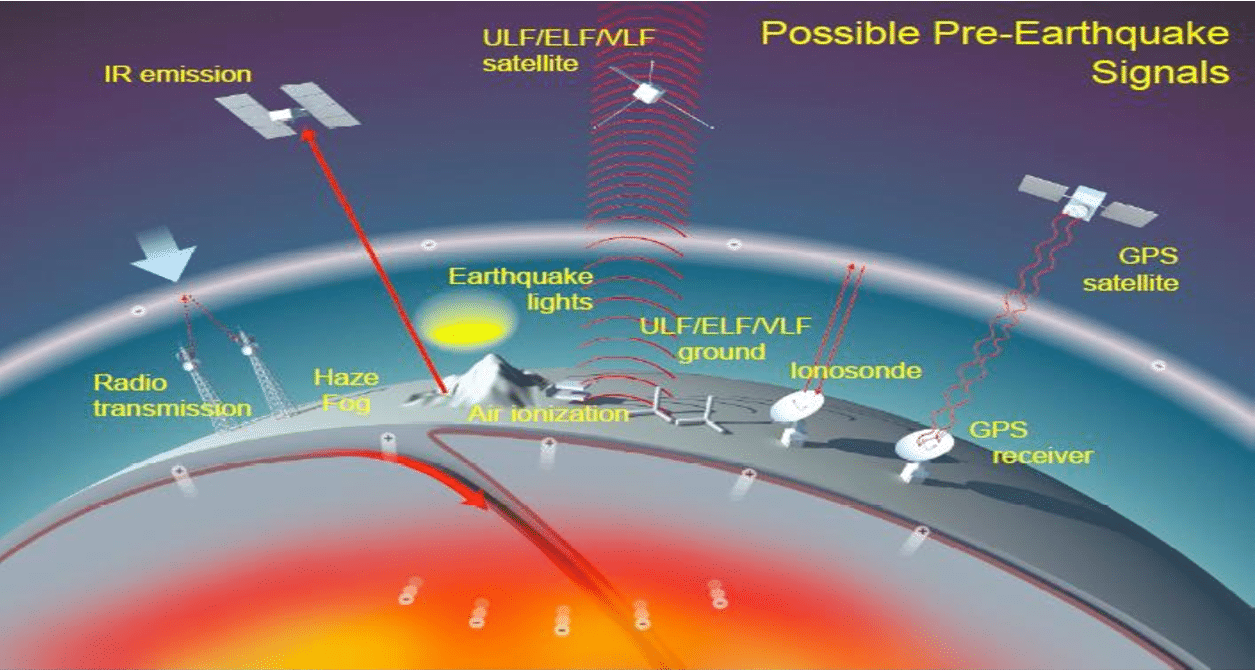Understanding Earthquake Precursors

Recent research has unveiled a significant mechanism that may help explain how earthquakes occur. Scientists have identified a slow, creeping movement along tectonic faults as a crucial precursor to seismic events. This discovery enhances our understanding of how stress accumulates before a fault ruptures. By studying the physical dynamics of materials under stress, researchers aim to improve earthquake prediction methods. This breakthrough could change how we approach seismic safety and preparedness.
Mechanics of the Discovery
A groundbreaking study published in the journal Nature has provided new insights into earthquake mechanics. Researchers conducted experiments using sheets of polymethyl methacrylate, commonly known as plexiglass. These sheets were subjected to forces that mimic those found at tectonic fault lines, such as California’s infamous San Andreas Fault. Jay Fineberg, a physicist at The Hebrew University of Jerusalem, explained that the fracture dynamics observed in plexiglass closely resemble those occurring in tectonic faults. This similarity allows scientists to recreate and study earthquake-like fractures in a controlled environment.
The experiments revealed that the slow, creeping movements observed in the plexiglass sheets are analogous to the stress buildup in geological faults. As the sheets were stressed, they exhibited a gradual deformation before eventually fracturing. This process mirrors how tectonic plates accumulate stress over time. Understanding these mechanics is vital for predicting when and where earthquakes might occur. By analyzing the behavior of materials under stress, researchers hope to develop better models for seismic activity.
The Role of Nucleation Fronts
One of the key findings of this research is the concept of a “nucleation front.” This phase is characterized by slow, aseismic movement, which does not produce the kinetic energy typically associated with seismic waves. The study indicates that cracks begin with this nucleation front, which gradually transitions into a rapid fracture. This transition occurs when a critical balance of energy is disrupted, leading to the explosive rupture that defines an earthquake.
The identification of this slow-moving phase is crucial for understanding how earthquakes initiate. It suggests that there may be a window of opportunity to detect early signs of seismic activity. By monitoring these aseismic movements, scientists could potentially develop early warning systems for earthquakes. However, the challenge lies in accurately detecting these subtle movements in real-world conditions. The research highlights the importance of further studies to explore the dynamics of nucleation fronts and their implications for earthquake prediction.
Advancements in Modelling
Fineberg’s research emphasizes the need for advanced modelling techniques to understand the slow nucleation phase. The study found that this phase requires two-dimensional modelling rather than the traditional one-dimensional approach. This new perspective reveals the patch-like nature of initial cracks, which expand within the brittle interface separating tectonic plates. As these patches grow and extend beyond the brittle zone, energy imbalances trigger rapid crack acceleration, leading to seismic activity.
This advancement in modelling is crucial for refining our understanding of earthquake mechanics. By simulating these processes more accurately, researchers can gain insights into the conditions that lead to earthquakes. The findings also underscore the complexity of fault dynamics and the need for continued research in this area. As scientists develop more sophisticated models, they hope to improve the accuracy of earthquake predictions and enhance public safety measures.
Potential Applications and Challenges
The implications of this research extend beyond academic interest. The identification of aseismic movements as potential precursors to earthquakes offers new pathways for predicting seismic events. If scientists can reliably detect these slow movements, they could serve as early warning signs for impending earthquakes. This capability would be invaluable for communities living in earthquake-prone areas, allowing for timely evacuations and preparedness measures.
However, practical applications face significant challenges. Real-world complexities, such as prolonged aseismic creep along faults, complicate the detection of these movements. Researchers are actively working to monitor the transition from aseismic to seismic phases in laboratory settings. Fineberg and his team are employing advanced techniques to study the signals emitted during these transitions. Yet, capturing these signals in natural fault settings remains elusive.
As research continues, scientists hope to refine their understanding of these processes. The ultimate goal is to develop effective monitoring systems that can provide early warnings for earthquakes. While challenges remain, the potential benefits of this research could significantly enhance earthquake preparedness and response strategies.
Observer Voice is the one stop site for National, International news, Sports, Editor’s Choice, Art/culture contents, Quotes and much more. We also cover historical contents. Historical contents includes World History, Indian History, and what happened today. The website also covers Entertainment across the India and World.

